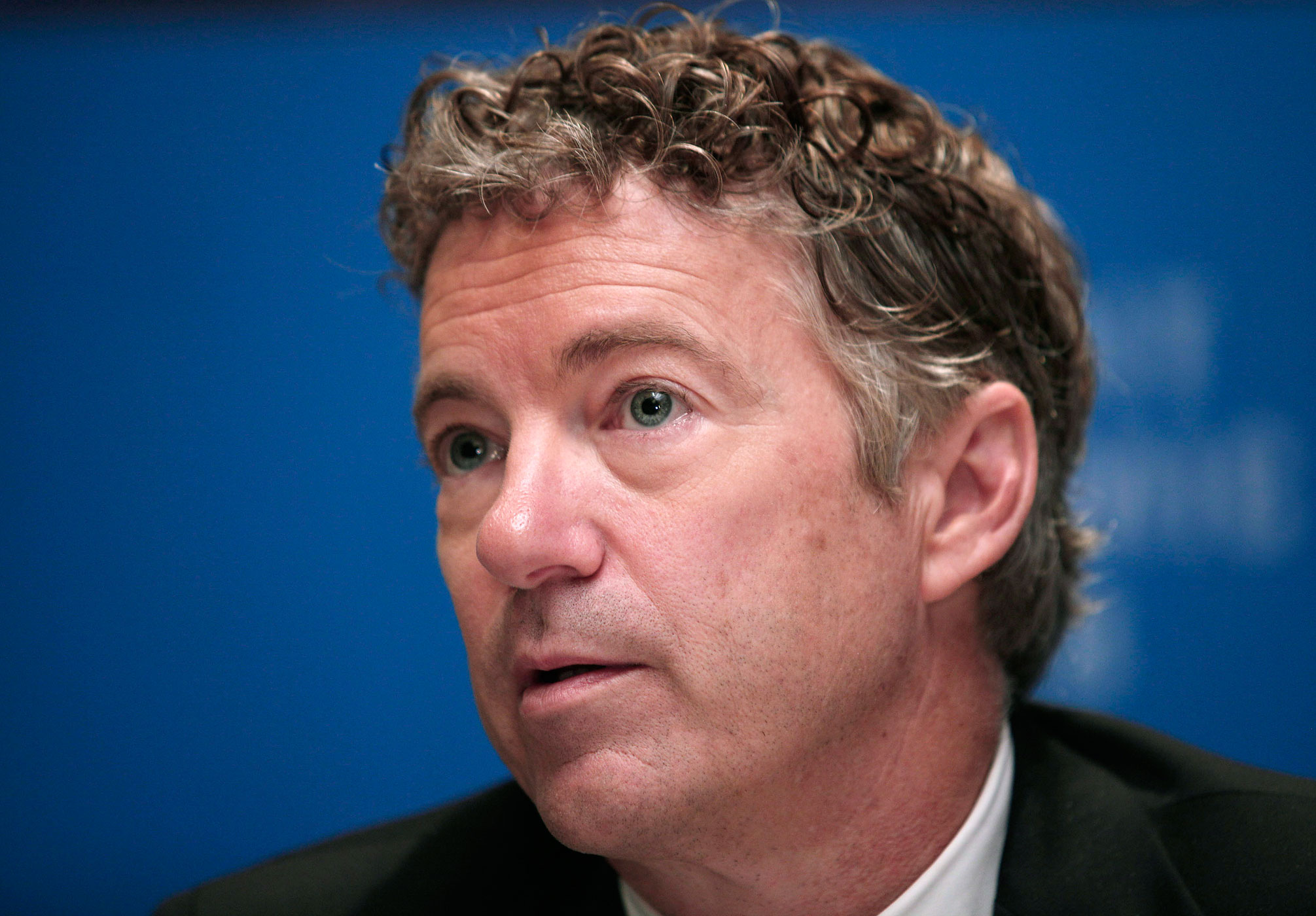Rand Paul Economic Plan: A Blueprint for Prosperity
Have you ever wondered what the future of our economy could look like? How can we create a thriving economy that benefits all Americans? These questions have been at the forefront of Rand Paul’s economic plan. As a staunch advocate of individual liberty and limited government, Rand Paul has proposed a comprehensive economic plan that aims to unleash the full potential of the American economy. In this article, we will delve into the key aspects of Rand Paul’s economic plan and explore how it could shape our future.
The Foundation: Lower Taxes
One of the core pillars of Rand Paul’s economic plan is to lower taxes for all Americans. He believes that reducing the tax burden will encourage entrepreneurship and stimulate economic growth. Under his plan, the tax code would be simplified, with a single rate for all income levels. This would eliminate the complexity and loopholes that currently favor big corporations and the wealthy.
By reducing taxes, Rand Paul aims to put more money back into the hands of businesses and individuals. This, in turn, would fuel investment, job creation, and consumer spending. According to his estimates, his tax plan could generate significant economic growth and create millions of new jobs.
Regulatory Reform: Unleashing Innovation
To unleash the full potential of our economy, Rand Paul emphasizes the importance of regulatory reform. He believes that excessive regulations stifle innovation and burden businesses, particularly small businesses. His plan calls for a comprehensive review of existing regulations, with a focus on eliminating those that are unnecessary, outdated, or overly burdensome.
By reducing the regulatory burden, Rand Paul aims to foster a business-friendly environment that encourages entrepreneurship and innovation. This would enable businesses, especially small and medium-sized enterprises, to thrive and compete on a level playing field.
Fiscal Responsibility: Balancing the Budget
Rand Paul is a firm believer in fiscal responsibility and reducing the national debt. His economic plan includes measures to balance the federal budget by cutting government spending. He proposes targeted spending cuts, particularly in areas such as foreign aid and wasteful government programs.
By reducing government spending, Rand Paul aims to address the long-term challenges posed by our growing national debt. He argues that a balanced budget would provide stability and foster confidence in the economy, thereby attracting investment and promoting economic growth.
Free Trade: Opening New Opportunities
Rand Paul has long been a supporter of free trade. He believes that expanding global trade opportunities can lead to economic growth and prosperity. His economic plan includes advocating for free trade agreements that remove barriers to trade and promote fair competition.
By embracing free trade, Rand Paul believes that American businesses and consumers would benefit from a wider range of products and services at lower prices. He argues that this would drive innovation, create new job opportunities, and increase living standards for all Americans.
Education Reform: Empowering Individuals
Rand Paul’s economic plan recognizes the importance of a well-educated workforce. He proposes a series of reforms to our education system, aimed at increasing choice and empowering individuals. His plan includes expanding school choice options such as charter schools and vouchers, allowing parents to choose the best educational opportunities for their children.
By promoting education reform, Rand Paul aims to ensure that all Americans have access to quality education, regardless of their zip code or socioeconomic background. He believes that an empowered and educated workforce is essential for economic growth and individual prosperity.
Frequently Asked Questions
Q: How would Rand Paul’s tax plan affect me?
Rand Paul’s tax plan aims to lower taxes for all Americans. Whether you are a small business owner or an individual taxpayer, his plan would put more money back into your pockets. With a simplified tax code and lower tax rates, you would have more flexibility to invest, save, and spend as you see fit.
Q: How would Rand Paul’s economic plan impact job creation?
Rand Paul’s economic plan focuses on reducing the tax and regulatory burdens on businesses. By doing so, he aims to unleash entrepreneurship and stimulate economic growth. With lower taxes and fewer regulations, businesses would have the resources and incentives to expand and create new jobs. This, in turn, would help address unemployment and foster a more dynamic labor market.
Q: Would Rand Paul’s plan increase the national debt?
Rand Paul’s economic plan includes measures to reduce government spending and balance the federal budget. While some initial investments may be required to jumpstart the economy, his long-term goal is to achieve fiscal responsibility and reduce the national debt. By cutting wasteful spending and targeting areas of inefficiency, he aims to create a sustainable fiscal framework that promotes long-term economic growth.
Final Thoughts
Rand Paul’s economic plan offers a bold vision for our future. By focusing on lower taxes, regulatory reform, fiscal responsibility, free trade, and education reform, he aims to unleash the full potential of the American economy. Whether you agree with every aspect of his plan or not, it is clear that his proposals seek to prioritize individual liberty, limited government, and economic prosperity. As we navigate the challenges and opportunities of the 21st century, it is crucial to explore innovative solutions that can drive our economy forward and create a brighter future for all Americans.
